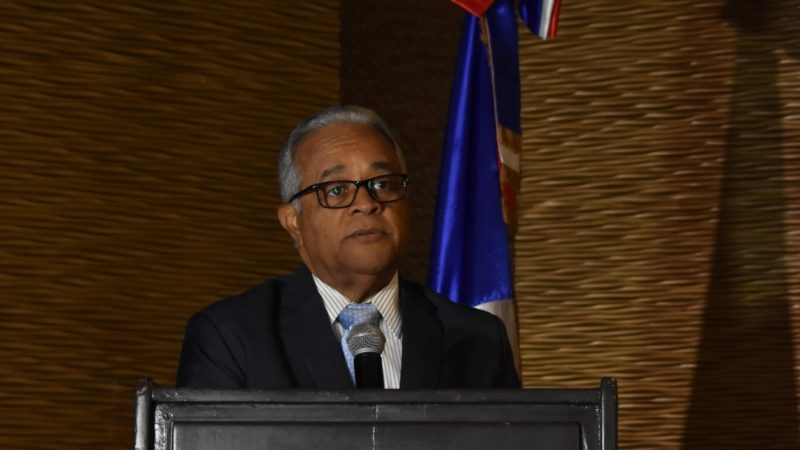
To graduate from medical school is not as difficult as finding a job in a public hospital in the Dominican Republic. At present, there are 42,000 medical students in the Dominican Republic. The Public Health Minister Rafael Sánchez Cárdenas says the public medical system does not have jobs for them when they graduate. The Dominican Republic has 11 medical schools and the universities endorse the medical residency programs.
A total of 10,568 specialist doctors graduated from 2016 to 2019, according to statistics provided by Health Minister Sánchez Cárdenas. There are positions for 3,364 residents in 69 specialties and subspecialties.
The minister said that the country is facing a dilemma because it does not have the capacity to employ the large number of medicine schools graduates. He called for better planning. At present there are little restrictions to get into medical school. The country’s largest medical school, the state university (Universidad Autónoma de Santo Domingo – UASD) is free.
After presenting the study “Context of Medical Residences in the Dominican Republic,” Sánchez Cárdenas questioned the training processes and the massifying of medical schools. From 2016 to 2019, only 3,907 graduates were able to specialize. Forty-two percent of residents do not feel their training expectations have been met. Of the country’s 3,364 resident doctors, there are 1,716 professionals in training in select public school hospitals.
Sánchez Cárdenas asked for training requirements of the new professionals to be discussed in a workshop to be coordinated by the National Council of Medical Residences. Most of the physicians who have undergone specialization studies admit there is a marked absence of academic research in the country. They also note that there is a marked absence of interdisciplinary activities. Only 27% of medical schools have specialized libraries and 25% have access to journals.
Thirty-nine percent of residents have access to the Internet, 60% have adequate access to teaching. Only 18% said they have easy access to databases of universities that endorse their specialty. The survey also showed weaknesses in continuous education for medical school professors.
From 2016 to 2019, a total of 2,974 gynecologists and obstetricians and 2,353 pediatricians graduated from the medical residency programs. In internal medicine, 1,742 internists and 1,400 family doctors graduated for the same period. The system also graduated 1,166 anesthesiologists and 933 general surgeons. There are 429 doctors graduated in family practice, for an increase of 44.3% over the last three years.
Read more in Spanish:
Hoy
25 November 2019

